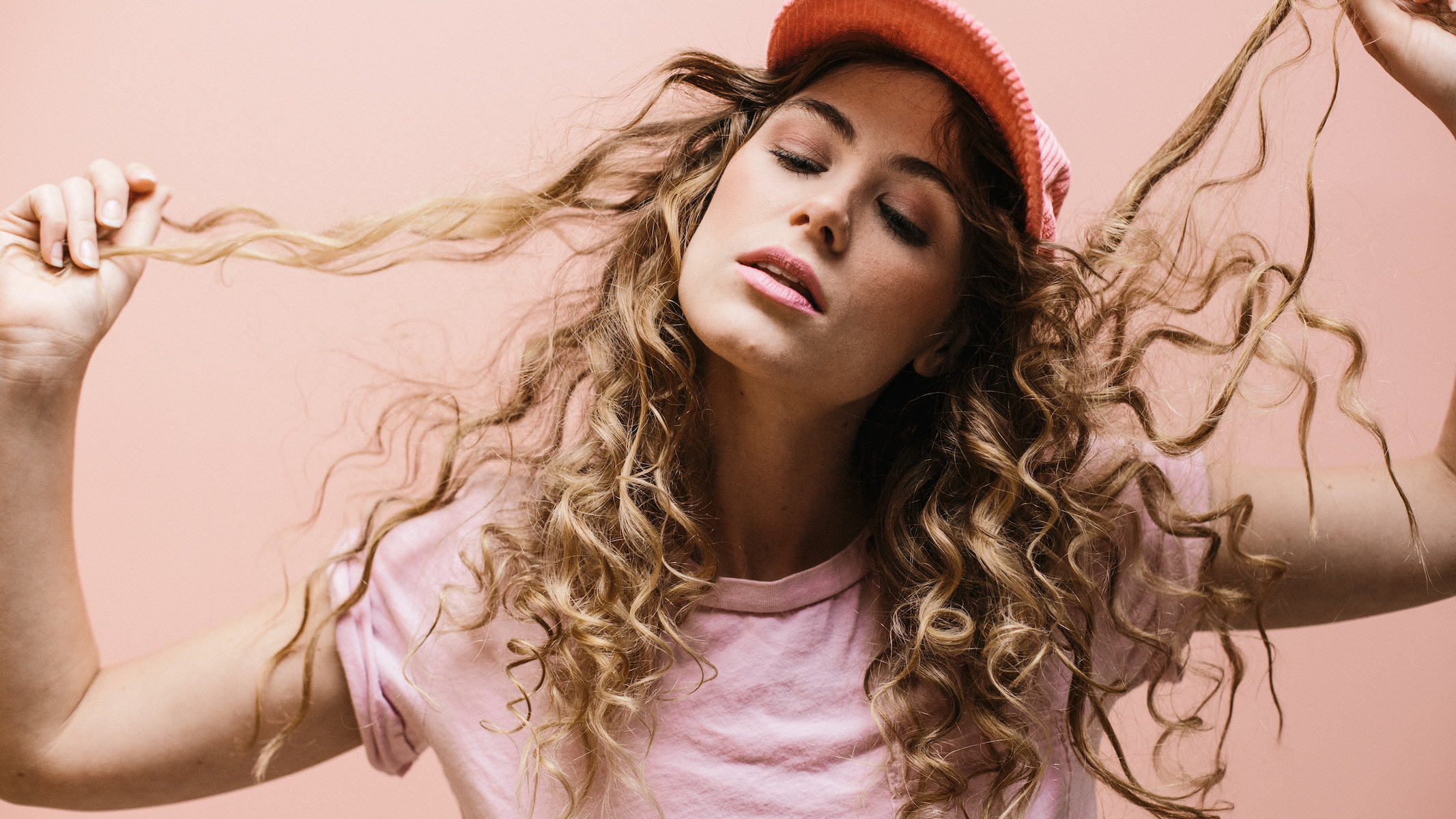Kids learn a lot about the world in a very short period of time. By the age of two or three-years-old, most children have learned to walk and climb, to carry on a conversation and to explore the world around them. They know the definition of an inside voice and when they can press the limits on its proper use. They know the joy of playing with friends and even the struggle of learning to share.
As adults we pride ourselves in our knowledge and experience, but what if we’re missing out on some of the most fascinating ways to learn because we have exchanged the wonder of a child’s perspective for a tangible check off our to-do list? When adults learn, new pieces of information pass through a lens of prior beliefs and experiences. We build knowledge against the backdrop of what we already know. When we make a decision about a particular project at work or on a dress to wear out, we assess based on the risks, costs and calculations of each option.
Even though we give so much of our lives to work, we frequently hold a pessimistic attitude about it. We accept negative connotations surrounding the word, calling it the daily grind. We see it as a necessary evil and live for the weekend. Pretty soon the job we may have always wanted becomes muted and disappointing.

Children don’t work. Children play, and play has an entirely different set of connotations. Children play wherever they go — in the car, in a grocery store or at school. Child’s play is truly the art of finding. They seek information from whatever they can get their hands on, and each item is studied and searched for possibilities. Through the eyes of a child, a storage box becomes a secret world and a piece of asphalt becomes a mystical, magical jewel.
Children don’t work. Children play, and play has an entirely different set of connotations.
The average child, instead of being bound by social niceties and responsibilities, learns through the freedom to explore and be creative. Alison Gopnik, Professor of Psychology at University of California at Berkeley describes play this way, “They’re doing something without really having a specific goal, without having to worry about if it’s going to be productive or not…They notice anything that’s interesting or that changes or that they might learn from in their own environment.”
The need for discovery and a sense of wonderment about the world pushes children to ask questions and search for answers like a mini-scientist. They want to know for the sake of knowing. Steve Levitt, co-author of Think Like a Freak, suggests, “the beauty of thinking like a child…is that sometimes doing things differently and simply and with a kind of joy and triviality leads you to a really special place that as an adult you don’t get to go very often.”
So how do we get to that place? How do we once again learn like a child?
Create margin.
Build space into your schedule for play. A schedule full of focused goals without wiggle room is a schedule without freedom to explore.
Get outside.
The beauty of the world in any season offers more new opportunities to learn than we find inside our homes.
Practice observation.
Take a minute to absorb the world around you. Watch children. See how they dawdle. They look at the smallest details like a ladybug on a flower petal. Discover what catches your eye and ask questions.

Move.
Children don’t sit in coffee shops and chat with friends over lattes. They run. They climb. They yell. Be active with friends and family. Doing something new together will bring a unique bond of exploration to deepen any relationship.
Put your phones down.
Instead of looking everything up online, try to experience it for yourself. Cultivating a mentality towards experiment is part of the childhood way. Children also play with whatever friends are available. Engage on social media later and explore your here and now.
Possess an attitude of excitement.
Look for ways to see your work as play. Believe life can be full. If a three-year-old can be excited to help her mom put clothes in the washing machine, we can love and learn from even the most tedious tasks around us.
When we have fun with life, when we’re so interested in a project we work hard simply because we love it, when we pursue exploration of our surroundings, then we become part of a world we somehow lost. Let’s discover it again.
Are you more of a “work to work” or a “work to discover” person?
**Pssst. We’re diving deep into this idea of childlike joy and wonder in our upcoming spring issue. Have you pre-ordered your copy yet?**
Images via Alex Ry












2 comments
True to what you said, play has different connotations depending on how you apply it. Personally, when it comes to work and productivity, I know that I sometimes get drowned in concentration and focus, so much that I skip meals and not having time to take a break even just a few minutes. Being a working Mom with kids that are homeschooling, and as an aspiring blogger and social media enthusiast, it’s really hard to juggle things two at a time so I need to focus my role and finish the whole task in one setting first before switching to another role.
I think it’s a matter of how you incorporate play while doing your routine that makes you stay away from burning out. Like a child, things aren’t just about getting things done, but also enjoying as you work things out.
Was literally just writing about this, this week! I think I’m typically a work to work person and feel the need to be productive constantly but children just feel the need too find and do for the sake of it. I have a 2.5 year old constantly exploring and discovering everything, when I’m not exhausted by it I find it inspiring. We get outside a lot, but I need too practice observation and having excitement more often. thank you for a heartwarming piece!
Hannah http://www.recovering-hope.blogpsot.com